Reportar esta entrada
Más sobre la misma comunidad-colección
Rio Grande y Planta de Fundicion
The postcard probably dates from the 1910s. On the top it says: ...
Pioneer Plaza en la década de 1910
The image shows the Pioneer Plaza in the 1910s. One can see the ...
Escuela Secundaria de El Paso
It was located in the block bounded by Arizona and Rio Grand and ...
Calle Montana en la decada de 1910
The image shows a postcard displaying Montana Street in the ...
Carretera de campo en los años 1910
The writing at the bottom of the postcard says: Splendid country ...
Habitaciones de los oficiales de Fort Bliss
The postcard shows the Officers Quarters at Fort Bliss. The ...
Orozco y dos de sus combatientes
Pascual Orozco (1882-1915), small-time entrepreneur, storekeeper ...

















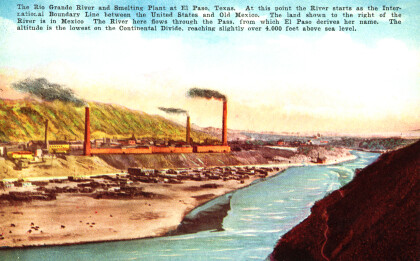
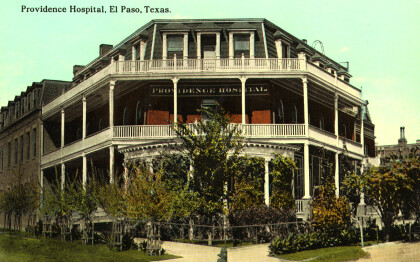
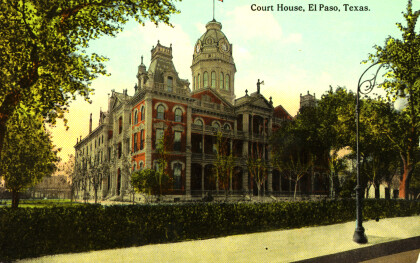
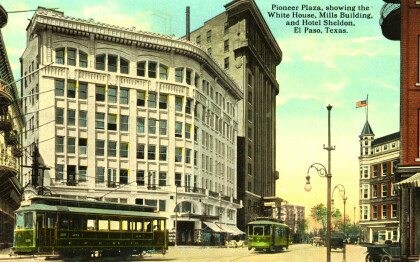
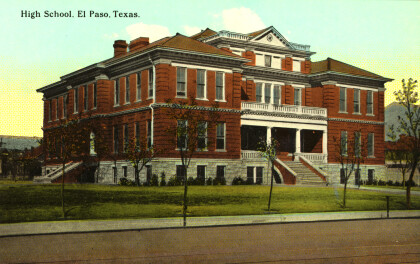
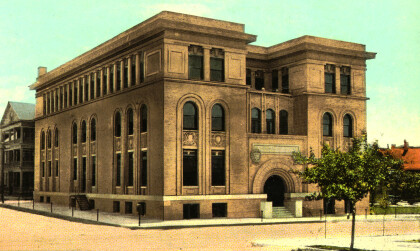
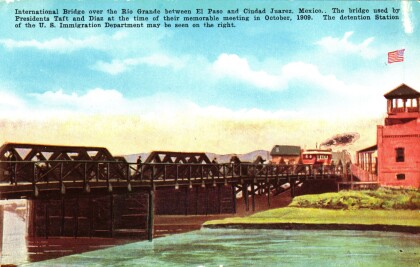
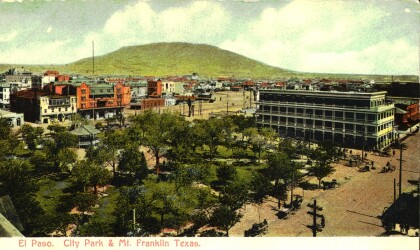
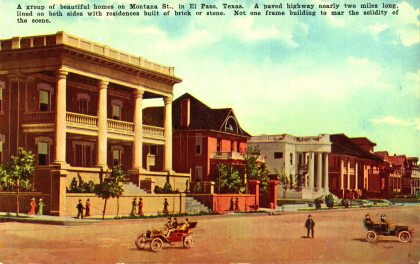
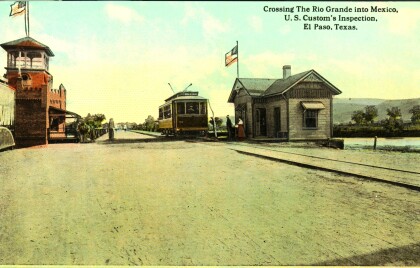
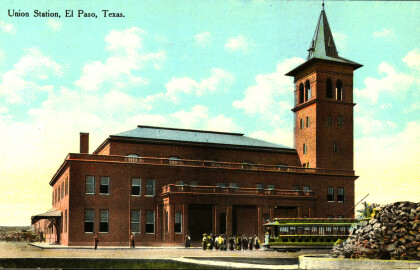
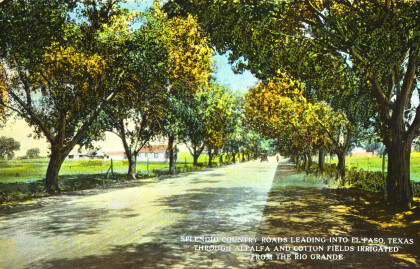
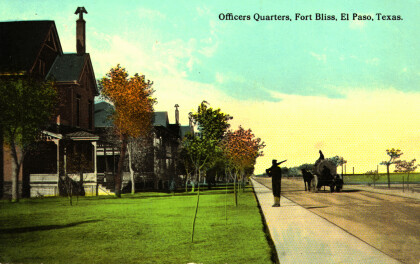
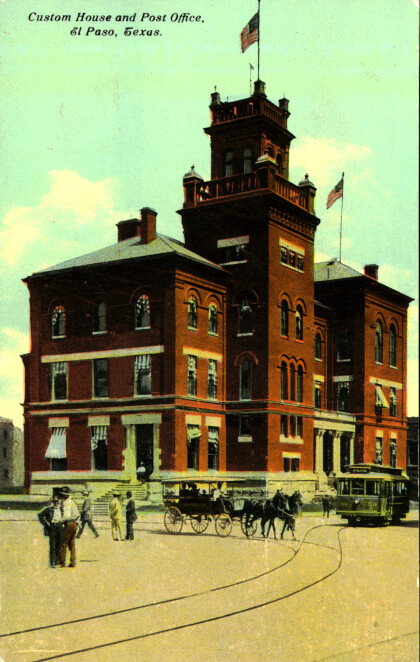
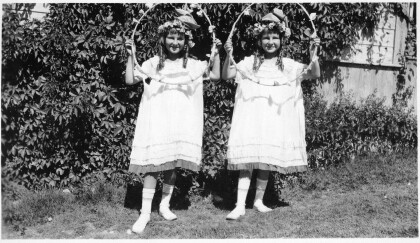
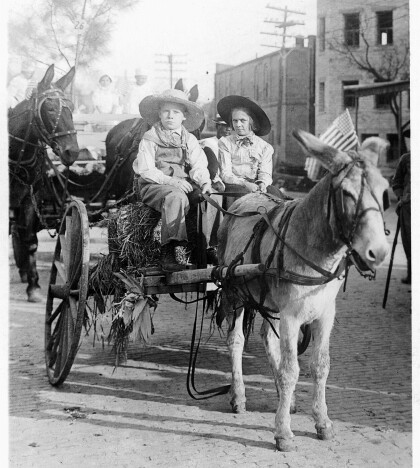
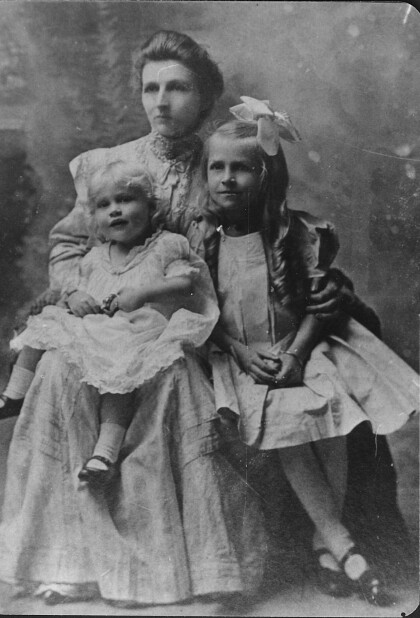
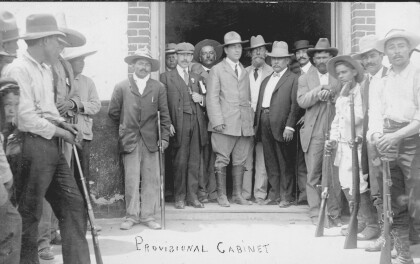
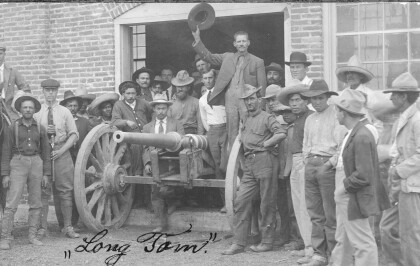
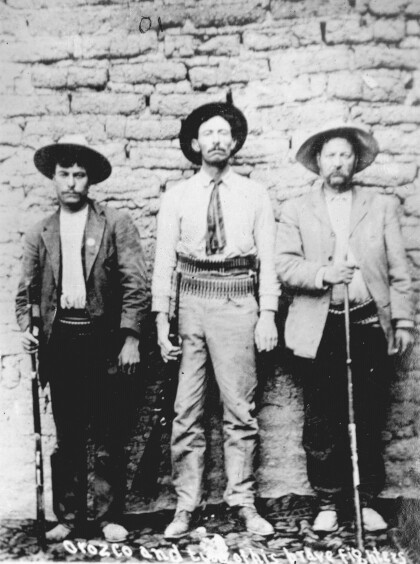
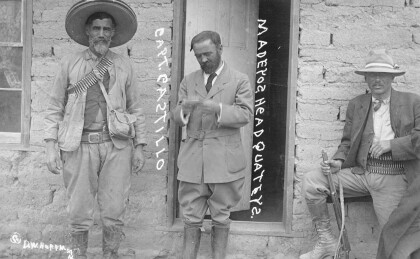
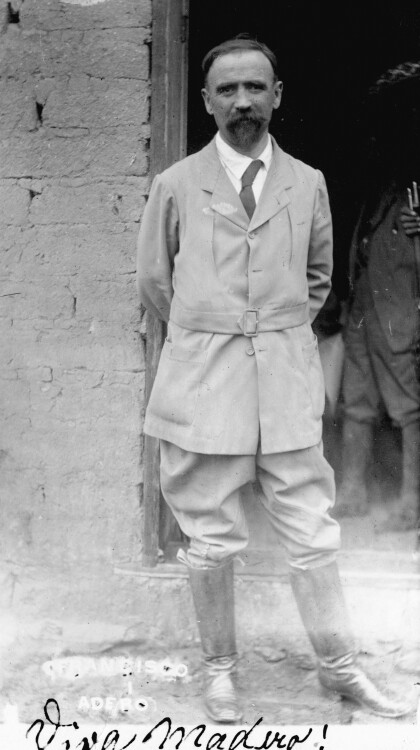
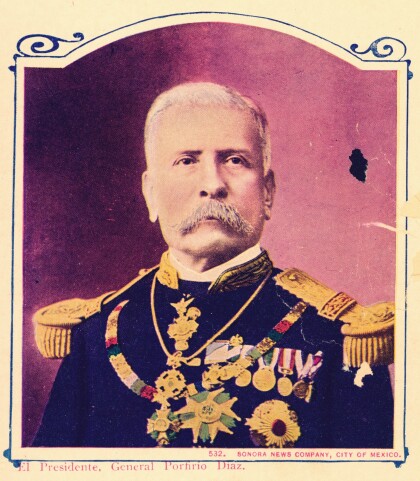
Comentarios
Hacer un comentario